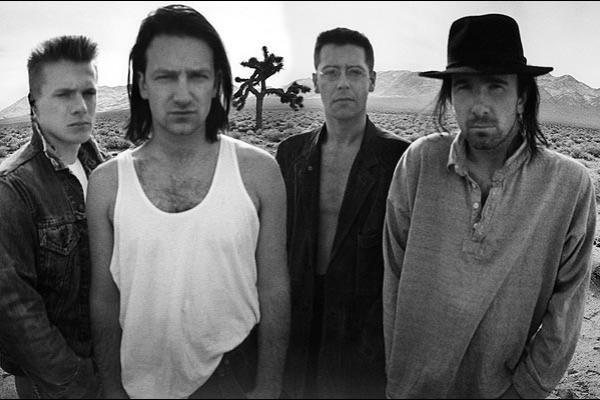Desert sky
Dream beneath the desert sky
The rivers run, but soon run dry
We need new dreams tonight
~ from "In God's Country" by U2
On March 9, 1987, U2 released The Joshua Tree, its fifth studio album and one that would catapult the Irish rock quartet from popularity to international superstardom.
Twenty-five years later, today The Joshua Tree is one of the most bestselling albums in history — with more than 25 million copies sold — and is considered to be among the best rock albums of all time.
Its spiritual and socio-political heft has, for me at least, only grown more powerful over the years. As I listened to it again today, the soul-shaking music and lyrics sounded even fresher in our current nervous times than they did to my teenage ears in the twilight of the Reagan era.
Read the Full Article

